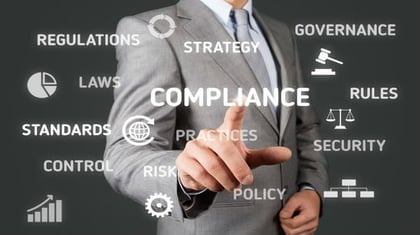Effective compliance within organizations has taken on outsize importance in the current environment of tough regulatory enforcement and increasing pressure from global movements and watchdogs, such as whistleblowers, activist groups and investigative journalists.
Executives backed by robust ethics and compliance programs can confidently take risks and grab new market opportunities. Compliance failures can expose an organization to reputational damage, fleeing customers and massive fines.
PwC recently sought to identify how a minority of companies are excelling in this environment, and how technology is helping them become more agile and effective in their compliance and ethics risk management efforts.
PwC surveyed 825 risk and compliance executives around the world about their organizations’ compliance and procedures, training and communications efforts, and monitoring activities; the technologies that facilitate those activities; and their benefits to the organization.
Only 17% of respondents purported to be very satisfied with the effectiveness of their compliance programs, while 45% were somewhat satisfied and the remainder ranged from neutral to dissatisfied.
Among the very satisfied group of executives, 85% rated their compliance program well above average relative to their peers, and 52% said their organization was more innovative than their peers.
Fifty-one percent of the very satisfied respondents also said their organization got significant value from its risk management program, and 65% said their internal audit function contributed significant value.
These executives were bullish on their near-term prospects, with half anticipating revenue growth of at least 5% per year for the next three years.









 May 24, 2018 at 03:43 PM
May 24, 2018 at 03:43 PM











